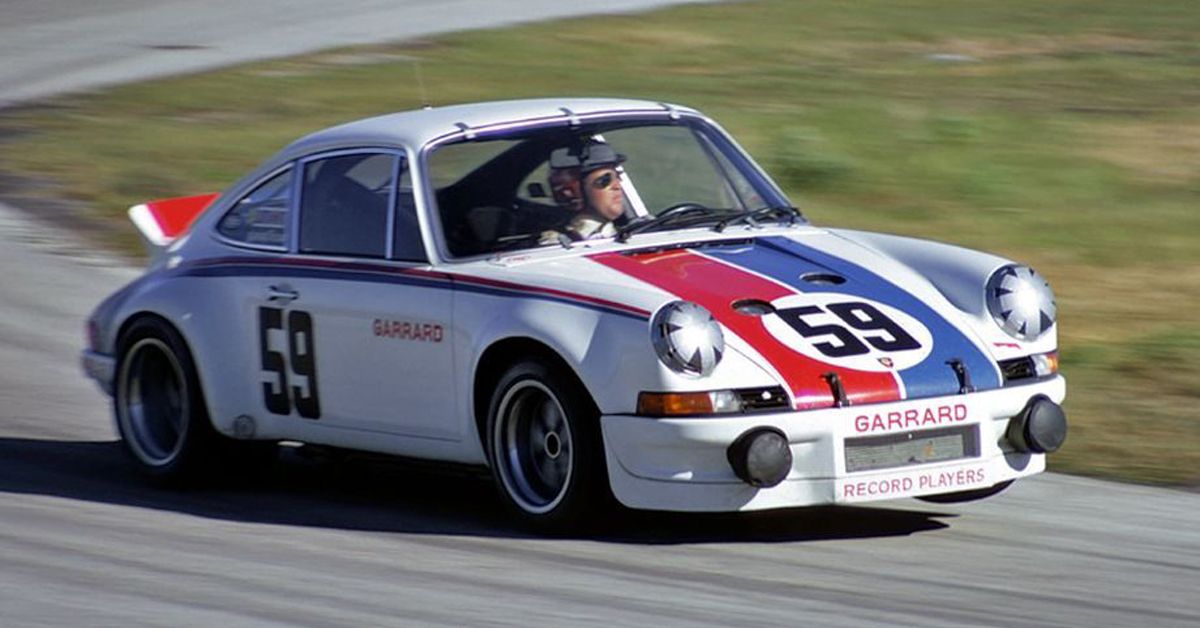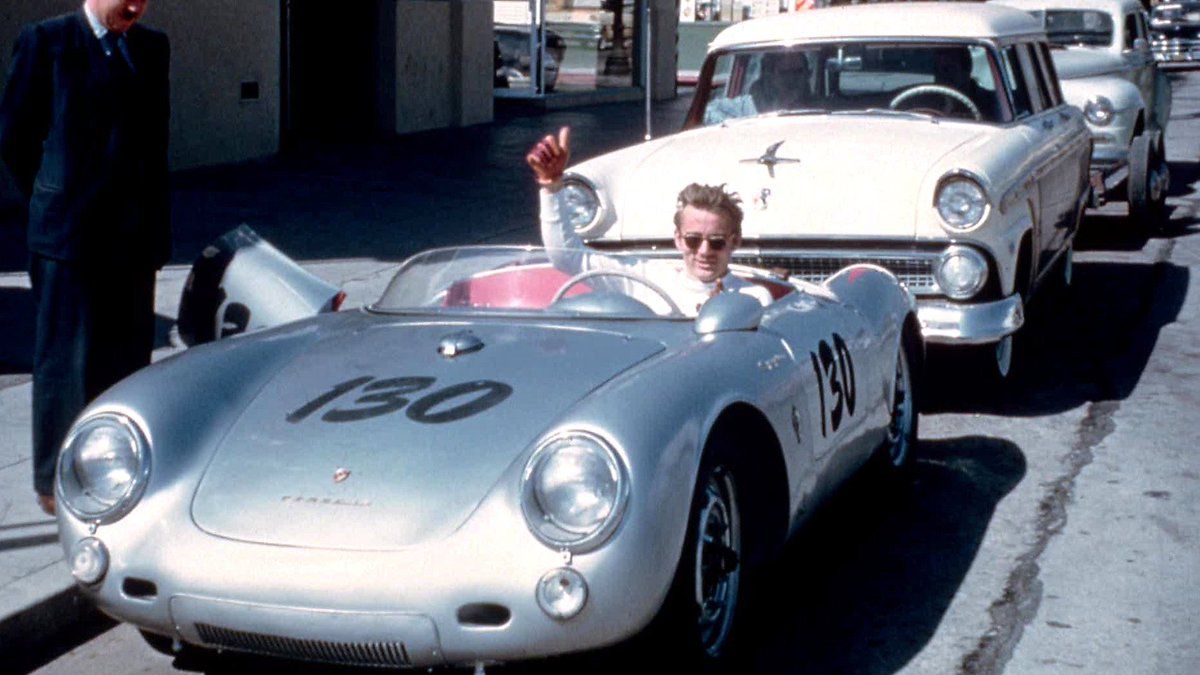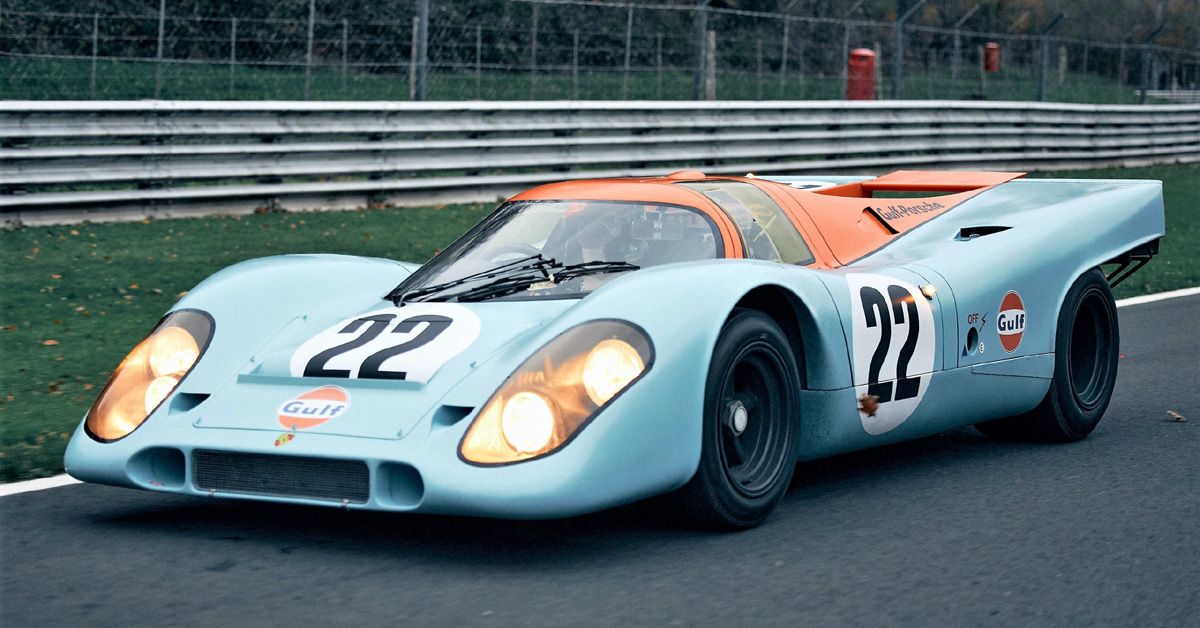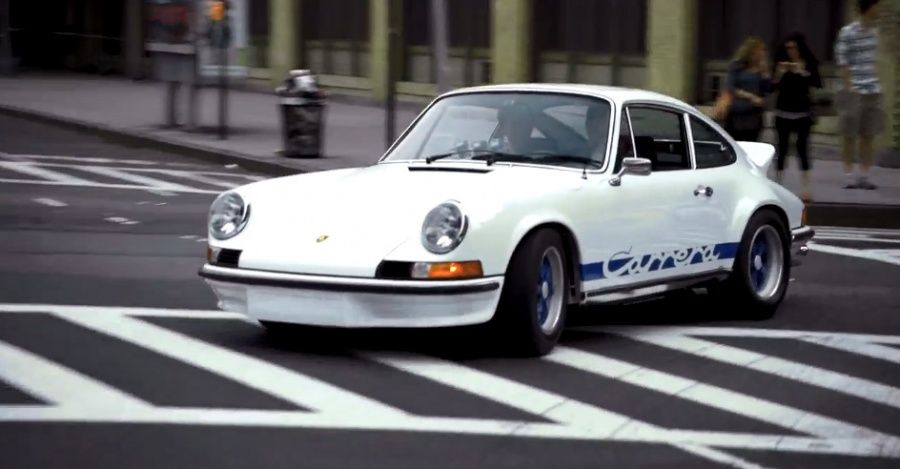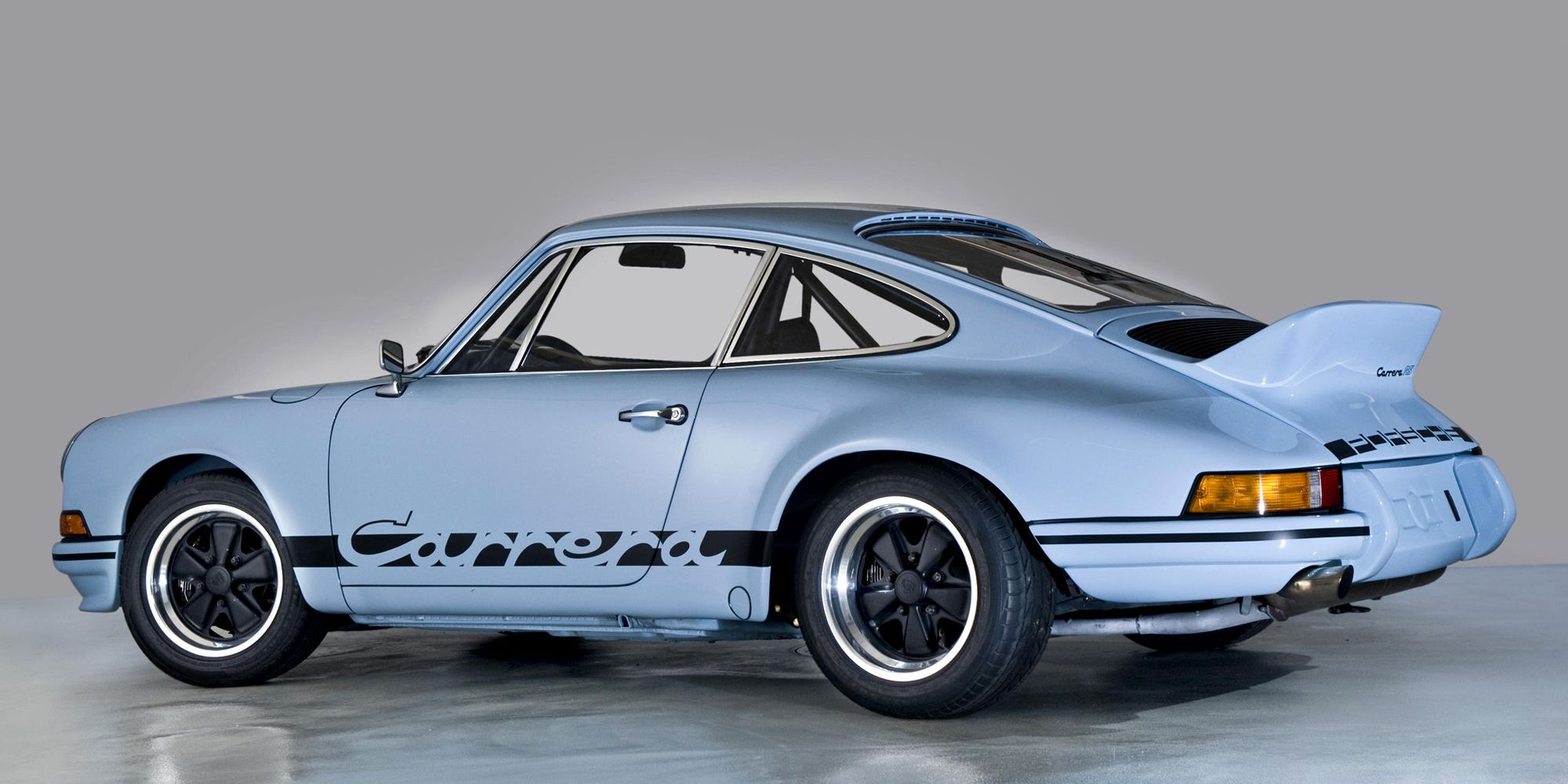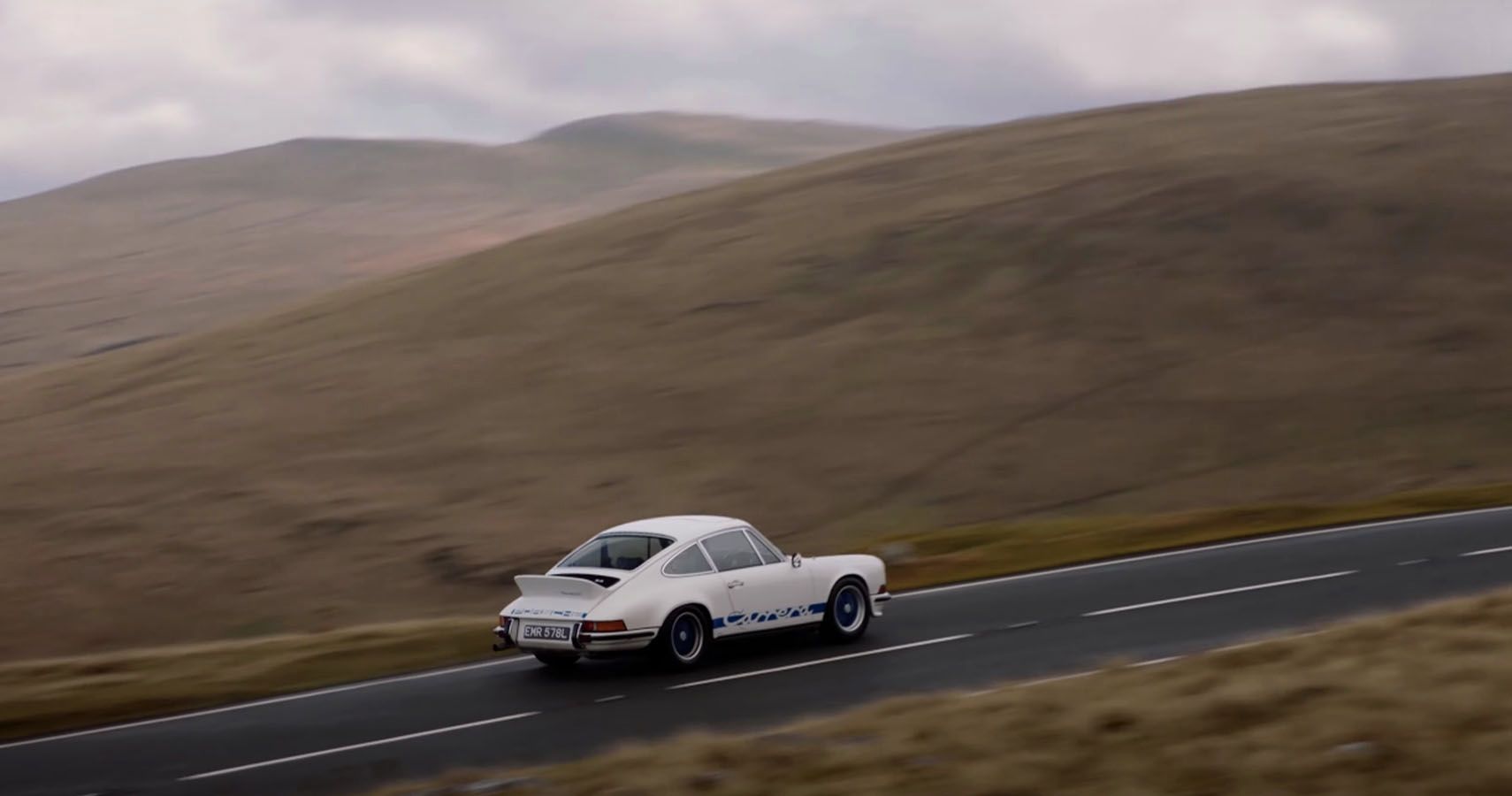The Porsche 911 series have always been beautiful cars to drive. They are light, elegant, and stunning. When we talk about the 911 series, this one car can easily be considered the Holy Grail as it paved the way for the whole 911 GT series.
The 1973 Porsche 911 RS is the car that can be credited as the stepping stone for the Porsche 911 Carrera RSR, which has a significant number of accolades to its name. The 1973 Porsche 911 RS might not be the fastest, lightest, most rare, nor victorious of the coveted cars of the Porshe Collectors, yet, this car shines in all of these, unlike other models, which excel only in any one of them.
Where Did It All Begin?
Porsche stepped into the racing world with its lightweight and relatively more straightforward versions of sports cars like the 356. Later on, the company picked up the pace with vehicles like the "giant killer" 550 Spyder. Porsche 917, another iconic racing car, was responsible for Porsche's first overall win at the 24 Hours Le Mans in 1970. Later in 1972, they banned engines over 3.0 liters of displacement in the World Championships.
Although, the 917 continued to dominate the Can-Am series and dominate everywhere it went. Porsche needed something new to compete in Europe. Around this period, the inception of this legend began when, FIA recategorized group 4 for special grand touring cars. They required that manufacturers build at least 500 units within a year for the homologation. Porsche thought of using this opportunity to work on a project which didn't receive much attention earlier. The people at Porsche then planned on using the 911 as the basis for this new car.
Back then, the Porsche 911 was falling short in aerodynamics. These cars could go much faster, but the cars were lifting off from the rear, making them even more challenging to control. The Porsche 911 Carrera RS started out as a larger and more powerful replacement to the Porsche 356. Porsche also improved the aerodynamics by adding the instantly recognizable ducktail rear spoiler, which became a trademark for the 911 series later on. They even studied aerodynamics in a wind tunnel to see what else they could improve. The final product of all the research and development was the iconic Porsche 911 Carrera RS. This car is said to be at the turning point in history, which opened up the Porsche to the fantastic 911 GT cars. Porsche then had success with 911 racing winning the Monte Carlo rally. Later in the '70s, Porsche won the Targa Florio, Daytona, and Sebring with this model's successor, the Porsche 911 Carrera RSR.
What Makes This Car So Special?
Porsche hit the mark while building this chassis as it was quickly able to put up with the power that the engine developed and still had room for more. It then served as the base for the line of GT racing cars produced by Porsche, where it lived up to its potential.
Porsche used the old 2.4-Liter engine and bored it down to make it a 2.7-Liter Flat-six engine which needed a special Nikasil cylinder lining for durability. This process pushed up the power from 190 HP to 210 HP and led to a significant gain in torque. The Porsche 911 Carrera RS came out with flared wheel arches, the ducktail rear spoiler, and a redesigned front air dam. The introduction of the spoiler led to the reduction in the rear-end lift by about 75%.
Porsche honored their success in the '50s Mexican Pan-Americana Road races with the bold "Carrera" Script spread on the sides of the Porsche 911 Carrera RS. As a result, the 2.7 RS easily stands out from all the other 911s of its era. Porsche launched two models; one was the Touring model with all the luxuries, whereas the Lightweight model had been stripped down of almost everything unnecessary to make it 220 lbs lighter. The Lightweight model had bucket seats, the metal used was of a thinner gauge, and Porsche considered many other small details making the 911 as light as possible. Yet, most of these cars were reverted to the full Touring Trim for sale once the homologation was over. As far as the Touring model was concerned, Porsche offered several features to the customers, like electrically operated windows, a sliding sunroof. As a result, the Lightweight spec saved an estimated 100 pounds in comparison to the previous 911S model.
One of the Greatest Homologation Specials
When we think of a 911 Carrera RS, one would immediately be able to see a Grand Prix white car with a "Carrera" script running across its sides. As these cars lacked emission equipment, they weren't even available in the US initially. The Carrera RS debuted in 1972 at the Paris Motor Show. This Porsche was one of the top first-gen 911 and one of the best road cars of all time. The Carrera RS was the fastest production 911 in its time. This Porsche is definitely one of the rarest and most coveted Porsche 911s of all time.
The RS isn't considered to be the ultimate 911 just because of its heritage or because it's this rare and expensive. The driving experience that comes with the 911 Carrera RS is the key to its iconic status. The engine may not seem to be that great in today's terms, but the acceleration, the drive, the feel through the steering and chassis, the cornering poise, the control, and the power that a person felt while driving this car can easily be considered out of this world. Yet, these legends don't get taken out much for a drive since they are so valuable. It's a shame they cannot be driven around like they were meant to be.
It is tough to get your hands on one of these, and even if you do, it would cost you a fortune. One of these went for around $600,000 just a few years ago. Research from the Discovery Channel says that the Carrera 2.7 RS is the quickest appreciating vehicle of the past decade. So, it comes as no surprise that the price could go as high as one million dollars. This legend never ceases to amaze us. Its history, its impact on the 911 GT cars, and its enthralling driving experience make itsowners want to never let go of this icon.

